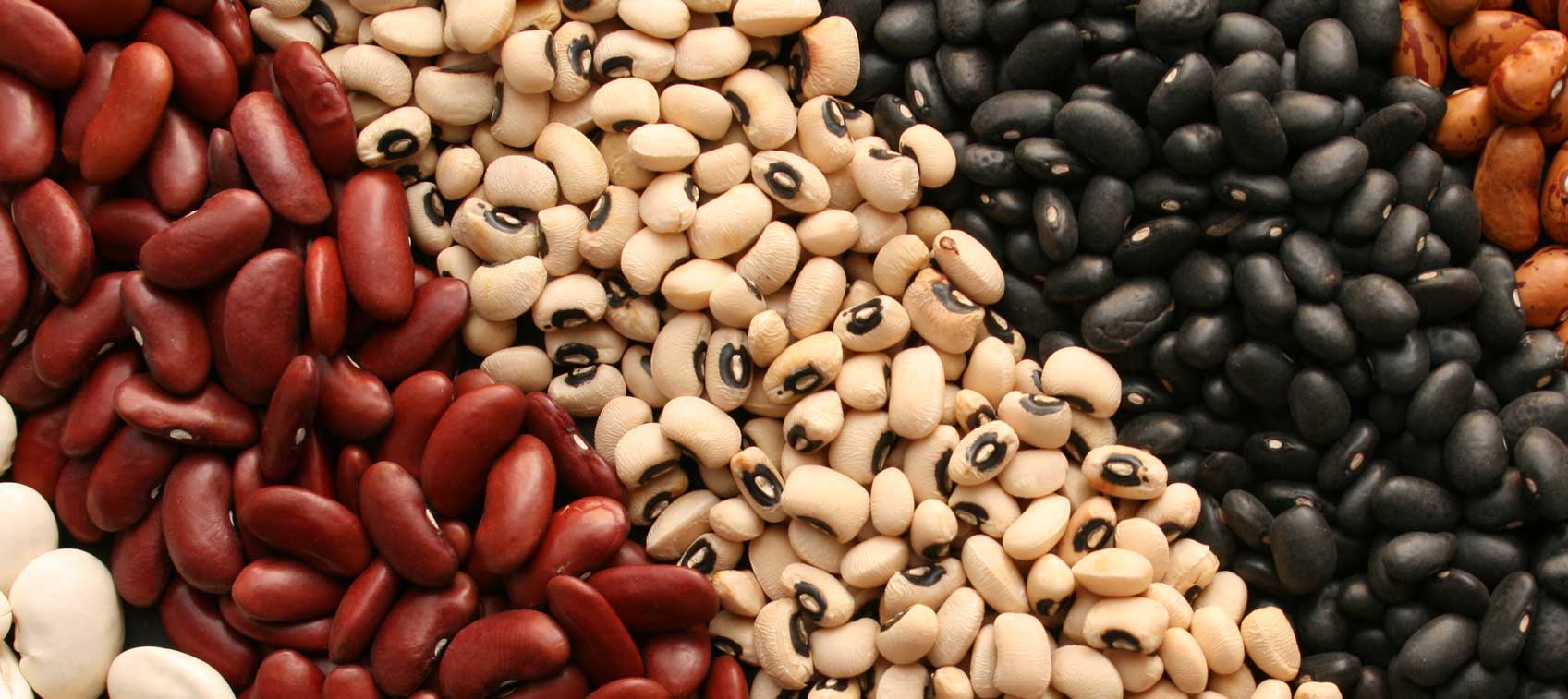
If you’re minding your blood sugar or your waistline, you’ve probably been told to avoid starchy foods since they are quickly converted into sugars in the bloodstream and can wreak havoc on blood glucose levels, right? Well, not so fast. Enter: resistance starches, which can actually be a very healthy part of a type 2 diabetes diet.
Resistant Starches Behave Differently
New research suggests that resistant starches are broken down more slowly in the body than those in bread, cereal, pasta, and other starchy foods. Rather than being digested in the small intestine, resistant starches are fermented in the colon by intestinal bacteria. In this respect, these starches behave more like fiber, slowing the blood sugar/insulin response, promoting the growth of beneficial gut bacteria, improving intestinal health, and increasing satiety (the feeling of fullness).
All these attributes of resistant starches could positively affect our current epidemics of diabetes, metabolic syndrome, and obesity. Making resistant starches part of a type 2 diabetes diet can lead to better control of blood sugar and fewer weight problems.
Foods That Contain Resistant Starches
Resistant starches are found naturally in bananas, plantains, legumes, lentils, and oats. You can also change traditionally starchy foods into resistant starches—a process called retrogradation—by cooking them and then cooling them at least 12 hours before eating. This method works well for potatoes, pasta, and rice. They key is to cook your starches normally and then chill them—preferably overnight—in the refrigerator. (See recipe below.)
A few more tips on resistant starches: Beans are particularly high in resistant starches so incorporate them into your type 2 diabetes diet whenever possible. Add them to salads and other cold dishes. Purple-fleshed potatoes have the highest levels of resistant starches out of all the potato varieties. And finally, unripe bananas—and their skins—contain high levels of resistant starches. If you have a good blender, consider tossing the whole banana, peel and all, into your next smoothie.
Another groundbreaking study last year found that adding one teaspoon of coconut oil to each ½ cup of dry rice before cooking it cut the calorie count by 10–12 percent. It makes sense, as the oil would bind to the starches, making them harder to digest, thus behaving more like resistant starches. Plus, coconut oil offers other health benefits so it’s worth a shot.
A Tasty Way to Enjoy Resistant Starches
The following recipe uses rice that is cooked and then cooled overnight—an easy way to reap the benefits of resistant starches.
Overnight Curried Chicken & Rice Salad
Ingredients:
1 cup rice (brown rice preferred)
1 teaspoon salt
2 cups water
1/2 teaspoon fresh ginger root, minced, or 1/4 teaspoon powdered ginger
1 generous cup diced cooked chicken breast
1 cup cooked peas (fresh or frozen)
1/2 cup celery, chopped
1/4 cup scallions, sliced
1/4 cup fresh parsley, chopped
1/2 cup green or red pepper, chopped
1/3 cup raisins
1/2 cup mayonnaise
1/4 cup milk or unsweetened coconut milk
1–3 teaspoons curry powder
salad greens
toasted peanuts and unsweetened coconut
Directions:
Combine rice, salt, water, and ginger in heavy saucepan. Bring to a boil, then stir with a fork. Cover, reduce heat and simmer until rice is tender and water is absorbed. (Cooking time depends on type of rice; follow package directions.) Chill overnight in refrigerator.
Combine cold rice, chicken, vegetables, and raisins.
In a separate bowl, combine mayonnaise, and curry powder; beat until blended. Pour over rice salad and mix very well. Chill.
Serve in bowls lined with salad greens. Generously garnish with toasted peanuts and coconut.
Serves 8


